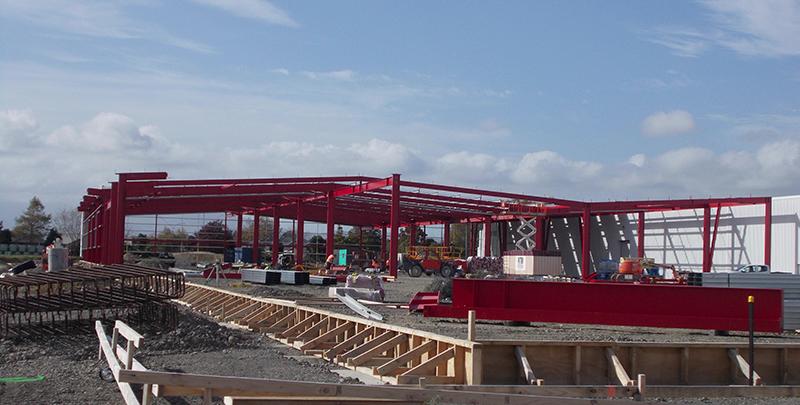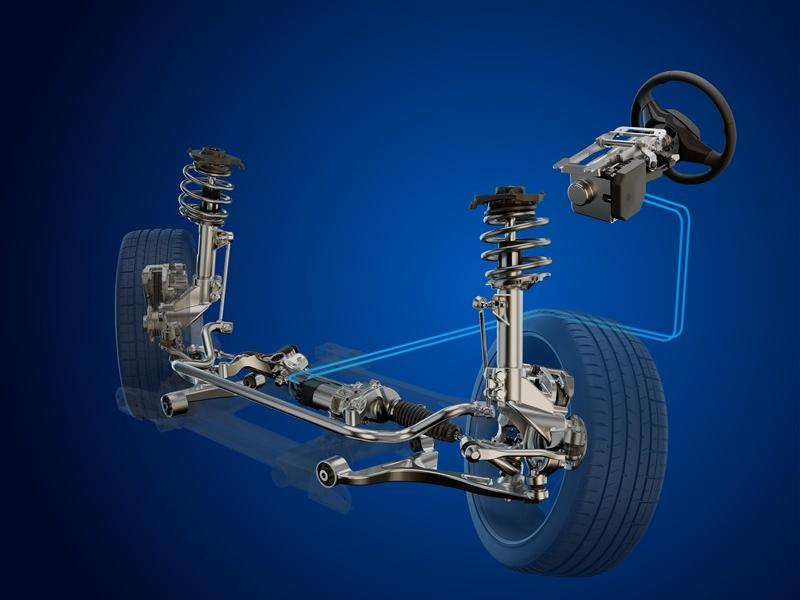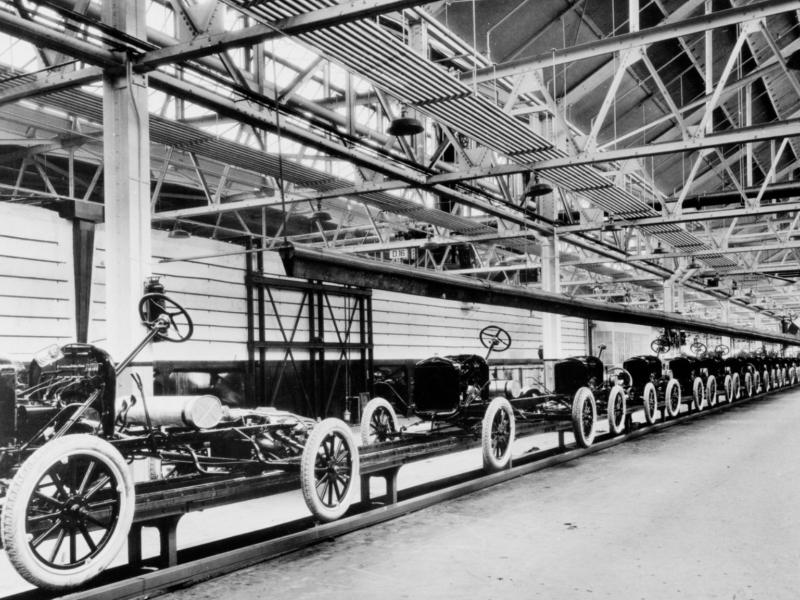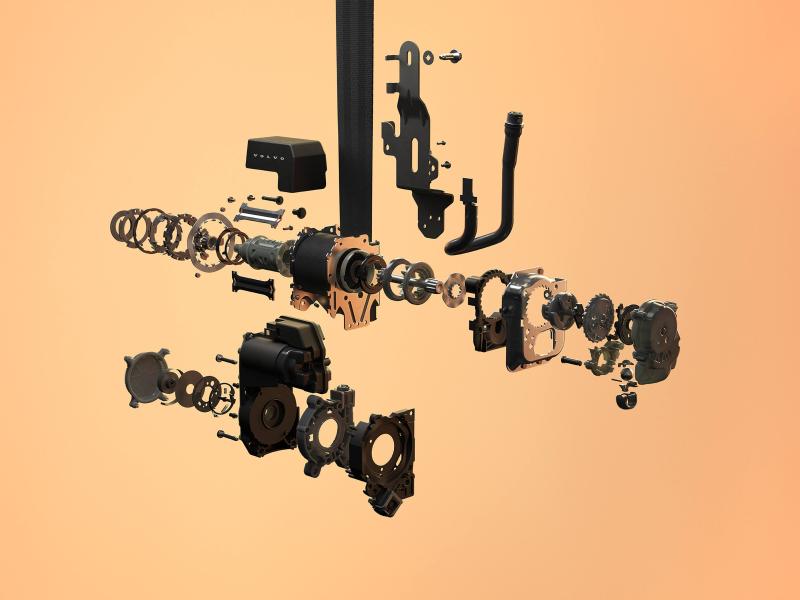John Oxley went to Palmerston North to have a look at Toyota’s parts department – and came away amazed.
Do you know that Toyota holds parts for most Toyota group vehicles imported into New Zealand, even if they aren’t New Zealand-new?
In a country where around one in four vehicles is a Toyota, Lexus or Daihatsu, this is a big ask, and the nett result is that Toyota NZ has more than $25-million of parts stock in its local inventory, and most of them available within 24 hours anywhere in the country.
And that’s no idle boast. Toyota says it can deliver more than 95 percent of parts ordered, right off the shelf – and that includes parts for used imports which might vary in minute detail from parts for NZ-new vehicles.
“Our record is 90,000 parts lines in one month,” says Dave Rhodes-Robinson, manager Parts & Logistics Operations. “And every day we get asked for 30-40 parts we didn’t expect because of used imports.”
He added that when Toyota NZ couldn’t supply a part off the shelf, it would be airfreighted from Japan or other source factories at no extra cost to the customer. And if there was sufficient demand for a particular part, this would be added to the local inventory.
It’s an even better situation with accessories. Parts & Accessory Sales manager Sven Tulicic says they can provide 97.8 percent of accessories off the shelf – and that’s not easy in a department that is growing rapidly as more and more owners want to customise their vehicles. In 2005 $11.3-million worth of accessories were sold by Toyota NZ – last year they topped $27.9-million.
Toyota NZ has seen massive growth in its parts and accessories business in the past 14 years. In 2004 the company sold $63-million worth of parts; last year it cracked the $144-million mark.
“That’s phenomenal growth,” says Spencer Morris, general manager Parts & Service. “Obviously there are a number of reasons for this. One is that the car parc has grown (except for the years of the GFC), and it’s been a steady growth during that time. Another is that strategically we have been organised enough to take advantage of this growth.”
Last month we outlined Toyota’s parts pricing strategy, whereby it competes aggressively on price to the point where its Genuine Parts are as cheap, if not cheaper, than most competitors’.
The only exception would be used parts from Japan, especially “crash parts”, says Spencer, but problems often arise with fitting these parts, as they come without the various clips needed to hold them in place, they have already been painted, so require more work on refinishing, and quite often they need extra work just to get them to fit because of differences with local models.
“Our Genuine Parts, on the other hand, fit right first time, have everything necessary to fit them, and come in primer, so all the repairer has to do is match up the top coat.”
The Trade Grade programme is key to the success of the Toyota NZ parts department growth. “The target is market pricing,” says Spencer. We get weekly feedback on our pricing from our Trade Garages, and we look at what needs to be added to our parts pricing catalogue every year.
“It’s one area which is closely tied within the market, and we are finding we have got to a point where there is very little price movement year-on-year”.
An interesting point is that Toyota doesn’t incentivise its Trade Garages via rebates. Instead there’s social interaction with business owners, which in turn leads to better feedback for Toyota NZ.
All this growth, however, comes at a cost, and that’s one of the reasons why I flew down to Palmerston North to have a look.
Currently Toyota NZ’s main parts operation is in Palmerston North, with a 24,000sq.m Central Parts Depot alongside its headquarters office building.
In addition there’s a 300sq.m Auckland facility. However, Spencer said this would be closed once an 11,000sq.m extension in Palmerston North was completed – expected in the third quarter of this year.
Dave Rhodes-Robinson said this would not be merely more parts storage; a major realignment of the way Toyota NZ operates its parts department would take place. First, there would be total separation of people and machines. This would mean delivery trucks would not enter the building, as they do currently, but instead would be unloaded and loaded under canopies on the outside of the building. This would make it easier for them to manoeuvre, and easier to separate people and machines.
Second, the whole (new and old) warehouse layout would be changed. The parts shelving would be re-oriented to get rid of two-way traffic; instead a zig-zag one-way system would be used. In addition there would not only be virtual separation of people and machines by having painted pedestrian-only walkways, but actual physical barriers.
This has partly already been achieved using temporary barriers, but the new ones would be permanent, and much stronger.
Finally the warehouse would be re-organised to allow for a change in the types of parts being ordered. “A lot of the growth has been in collision parts and accessories, which take up a lot of space, and this has to be catered for,” says Dave. “Our KPI is safety, productivity and quality”.
So how does the process work?
An order is received, usually electronically, and then the parts are picked from the warehouse manually. Currently they are picking 82,642 lines a month (a line on an order, which may be more than one part), with an accuracy of 99.96 percent (which means only 400 errors every million parts)
The parts are then packaged and shipped to the dealer or Trade Garage.
Toyota NZ has a long-standing contract with Post Haste, which has an office within the warehouse, so that Post Haste’s own shipping codes can be immediately stuck on the parts packages and loaded directly into its trucks, without having to leave the premises.
They are delivered either the same day, or overnight, depending on when and where they were ordered.






